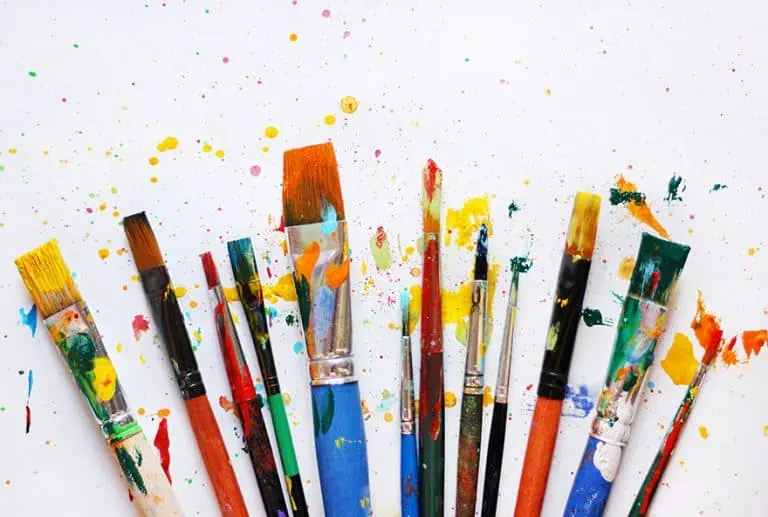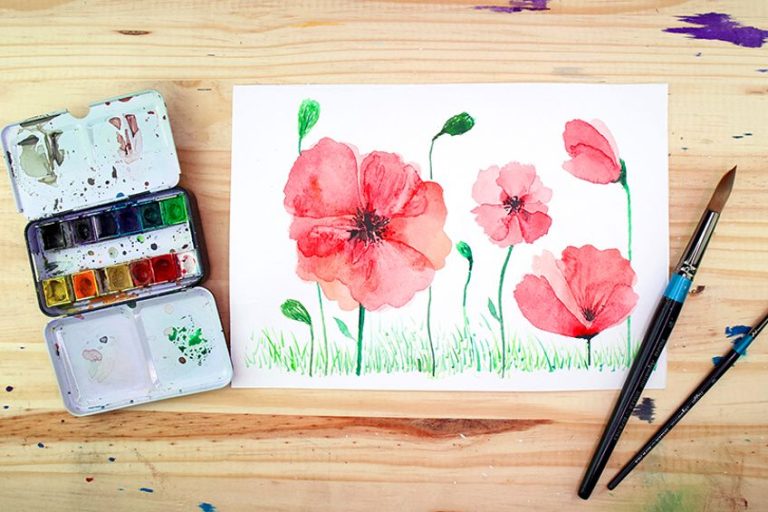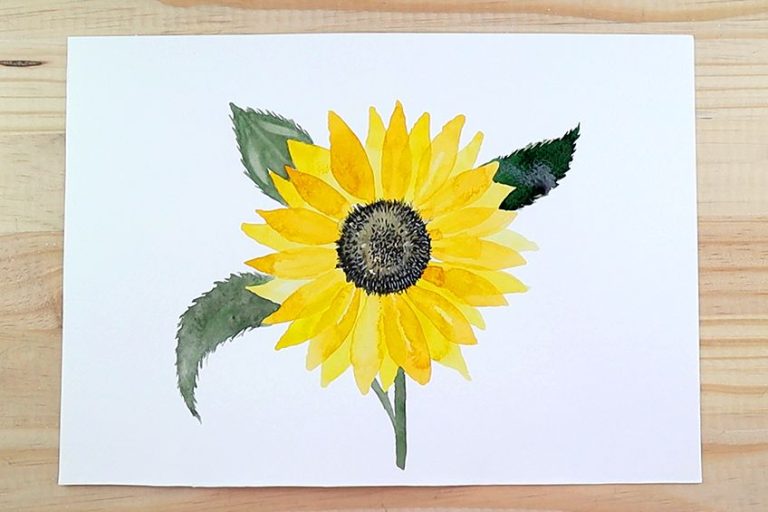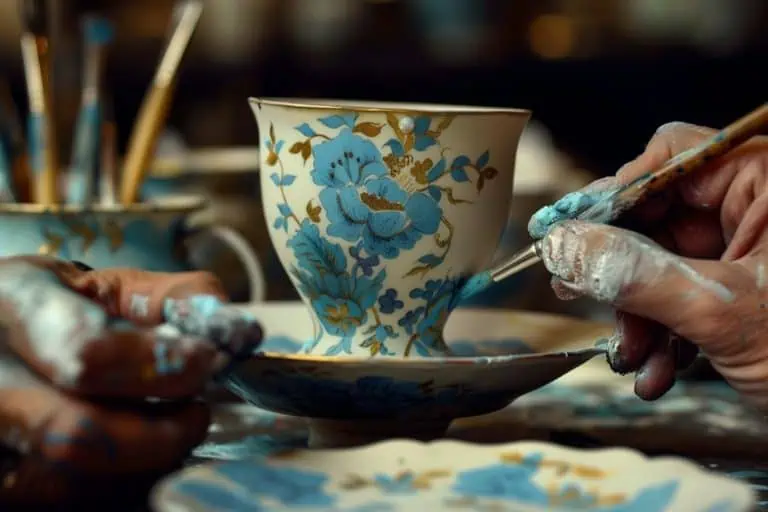How to Use Soft Pastels – Your Ultimate Soft Pastels Guide
This post may contain affiliate links. We may earn a small commission from purchases made through them, at no additional cost to you.
There are all kinds of different art mediums available depending on your style. While painting or working with pencils are very classic, soft pastel art is still preferred by many. Using these pastels allows you to achieve a unique effect that you just can’t get from other mediums. If you are interested in pastel art, then you will need to find the best soft pastels for the job. We will explore this in detail below.
Table of Contents
What Are Soft Pastels?
There are various different forms of pastels available. These include soft pastels, hard pastels, PanPastels, oil pastels, pencil pastels, and chalk pastels. All of these follow the same basic idea in that they are sticks of pigment – or in a pan in the case of PanPastels. What makes them different is how they are held together.
Soft pastels use a gum or resin binder to keep the pigments held together. What makes soft pastels different is that they contain the least amount of binder compared to other pastels, and have more pigment instead. This results in rich and intense colors. However, having less binder also makes soft pastels more fragile and delicate to work with. Soft pastels are therefore not as good for details and fine lines, as they can crumble easier. There are many different colors to choose from with soft pastels.

Hard pastels and pencil pastels also use a resin or gum binder, just like soft pastels. The difference is that these pastels contain a higher level of the binder. This means that these types of pastels are compatible with each other and can be used together on the same artwork. They just react differently when using them, and provide different levels of color pigmentation.Oil pastels are different, and can’t be mixed and used with soft, hard, and pencil pastels. This is because they are bound together with wax and oil – providing a one of a kind texture and feel. Oil pastels provide a similar style to oil paints.
Why Choose Soft Pastels
There are many different art mediums out there, so why choose soft pastels? The best soft pastels provide a unique drawing experience and effect that you just can’t get from other art mediums. You can implement a wide range of different techniques when working with pastels to achieve an end result that looks somewhere between painting and drawing. Below are some pros and cons of working with soft pastels.
PROS
- Easy to smudge and blend for unique effects
- Contain a rich density of color pigment, allowing you to get strong and bright colors
- You can enjoy direct contact with the pastels in your hand, allowing you to really get a feel for the artwork
- They adhere instantly to the paper without having to dry. This makes creating artworks much faster than painting
- Soft pastels are easy to use. You can get a variety of lines and color densities from each pastel, and simply need to pick up the pastel to get started
- Any mistakes made using soft pastels are generally pretty easy to fix. You can wipe the pastel off or draw straight over it. You could also try to reshape the pastel line, or smudge it into a new effect
- Soft pastels contain a high density of color pigment, so they retain their color very well over time. Pastel artworks will also last forever if untouched. The colors are very durable and will withstand many outside forces without being affected
- Pastels clean up easily if you mess them over surfaces you don’t want to be painted. Simply wipe the pastel marks off with a cloth
- Pastels are also very easy to store. They are pretty small and compact and can pack away easily into a box. This also makes it easy to transport
- Pastels are a seriously fun art medium for beginners all the way through to experienced professionals. They allow you to really connect with the drawing on the paper, get a little bit messy, and have fun. Precision and perfection is not always necessary for great pastel drawings
CONS
- Once you have created a pastel drawing, you will need to cover it with glass to protect it. Yes, pastel colors will be able to last a long time, but they can always smudge if touched
- Pastels are not a very good medium for large artworks
- Pastels can produce dust while you are drawing with them. This can be dangerous to inhale. Dust can also leave marks and smudges on your artwork if you are not careful
- Pastels are compact and easy to store, but they are also quite heavy. If you are carrying pastels with drawing covered in glass, then it can be quite a heavy process
Considerations for Buying the Best Soft Pastels
The most popular type of pastel sticks is soft pastels. This means that there is a huge range of different soft pastel sets and brands available. With so many different soft pastel brands and sets available, it can be difficult knowing which ones are best for your art project. Different sets of soft pastels have different benefits and drawbacks. This is why it’s important to know exactly what features make up the best soft pastels for your needs. Be sure to consider the following criteria when looking for the right pastels:
Color Selection
One of the most important criteria to consider when buying soft pastels is the color selection that you get. Different sets range in sizes, as well as the types of colors used. Some sets have specific color choices based on what you will draw. For example, you can get specific landscape color selections or just a general selection. Soft pastels can mix and blend, so you are able to create new colors. However, this may mean losing some of the vibrancy of the colors. When choosing the best soft pastels for your project, make sure that you have all the colors you need to be included.
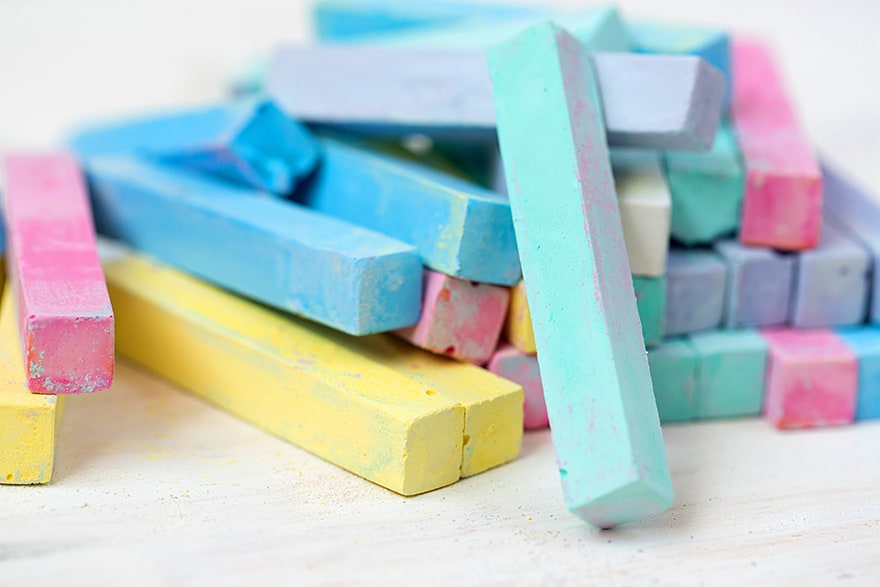
Budget and Pastel Grade
The first thing that most people will consider when buying soft pastels is their budget. Pastels are used by children learning how to draw all the way through to professional artists. For this reason, you get a wide range of budget and quality options available. As is the case with most art supplies, you get the kind of quality that you pay for. Soft pastels are available in beginner/studio sets through to artist-grade sets. Artist-grade soft pastels have a higher density of color pigments and often use natural pigments over synthetic ones. These pastels are softer and offer a richer finish. Lower quality soft pastels have less pigment and do not produce such bright and vibrant results. They can also create more dust while in use.
It’s good to start off with a more budget-friendly option just to get a feel for this medium. As your skill progresses and you require more advanced pastels, then choosing a set of artist-grade soft pastels is a good idea.
Individual Pastels or a Set
Another question to ask is whether you will be purchasing the pastels as a set or individually. When buying the best soft pastels, you will want to make sure that you are getting the ones that work best for you. For this reason, it can be a good idea to try out individual pastels before getting a complete set. You will eventually want a full set, which is a much more convenient and efficient choice. The type of pastels you choose should be from the same set and brand in order to work best with each other. Sometimes you can buy a basic set and add additional colors from the same brand. It can also be helpful to buy individual colors if you use one color more than others in your set. Try to buy a few different individual pastels to experiment with the different types before deciding which set is best for you. As you become a more experienced soft pastel artist, you can expand your set and range of colors over time.
Pastel Softness
Needless to say, the best soft pastels should be soft. The softer the pastel is, the more color pigment it has. Very soft, butter-like pastels have very rich and intense colors. These are also more expensive. Pastels that are a bit harder or more brittle contain less pigment and more binder. These pastels produce less vibrant colors, but they are easier to control over finer details. Always consider how soft and smooth the pastels are, as this will also influence how they can mix, blend, smudge, and produce different effects.
Pastel Size
When buying a set of pastels, they come in two different size options. These are full length (around two inches long), and half-length (around one inch long). Basically, you can get half or double the amount of pastel depending on the size option that you choose.
Besides providing a longer lifespan, longer pastels are also generally easier to draw with. The size you choose will depend on personal preference, style, comfort, and budget.
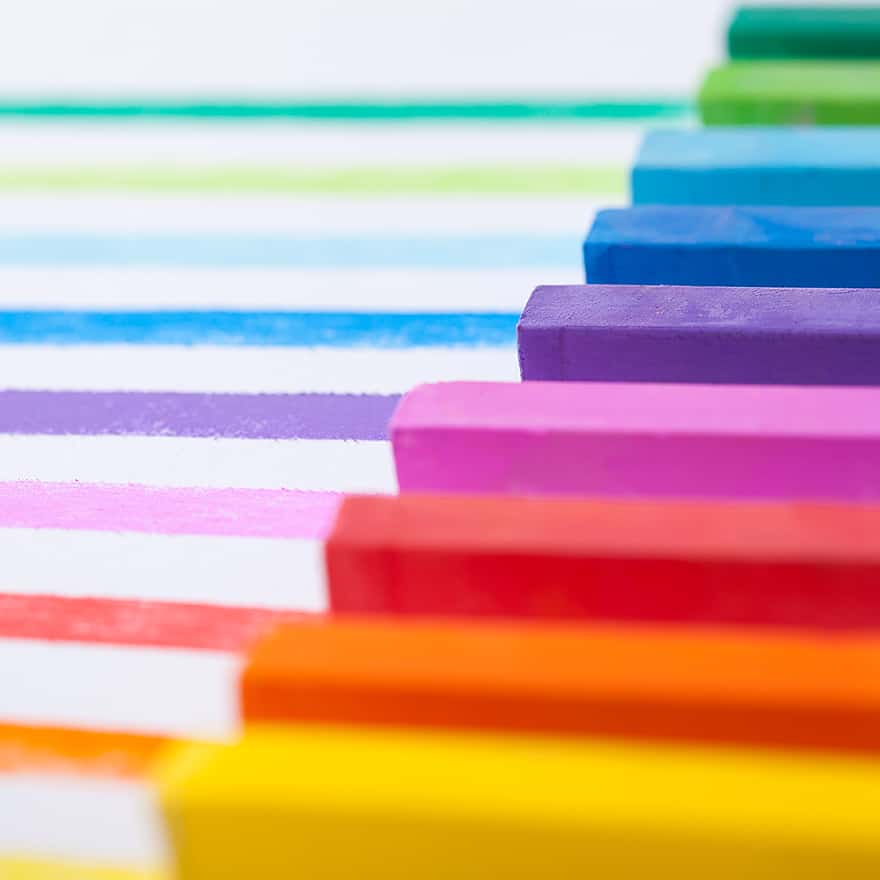
Square or Round Pastels
Soft pastels stick either come in the form of a round tube shape or a squared-off rectangular shape. There is no right or wrong answer here – both options are good depending on your preference. Many artists prefer the thick lines and smudges that you can create with square pastels. Others prefer the precision and comfort that you get from holding round pastels.
What Are Chalk Pastels?
Chalk pastels are a different art medium altogether. These sticks are specially created for art that is non-permanent and can be easily washed off of surfaces. Because of this, chalk pastels are generally made up of cheaper pigments for less intense coloring. What really sets soft pastels chalks apart is the binder. Chalk pastels are either made using a natural mineral called gypsum, or with limestone. These can range from the classic cheap chalks used in classrooms to artist-grade soft pastel chalks. These chalk pastels are used by professional artists and can make mesmerizing street art scenes.
Soft pastels use a different binder to gypsum or limestone, as mentioned earlier. These pastels have a higher quality pigment and are less dusty to use.
Soft Pastels Techniques
The best soft pastels offer a beautiful and rewarding art medium. These are products that can be used without any water, brushes, palette, or drying times. This means that they are very convenient, and can be enjoyed as an easy art medium for kids through to seasoned artists. Besides this, soft pastels allow you to use unique techniques. You can create all kinds of effects with pastels that you just can’t get from painting or pencil drawing. Here are some of the most important soft pastel techniques to know:
- Feathering: This is when you apply the colors using many straight lines. You can do this with short lines or long lines, creating various different color effects. When feathering, you can cross the lines, overlap them, and use different colors. This is a good technique for adding detail and texture.
- Smudging: Smudging is one of the best reasons to use soft pastels. This technique is when you apply a relatively thick layer of pastel, and use your fingers or some kind of stick to press and smudge out the color on the paper. This allows you to create various color effects – such as blending two colors together. Smudging also helps to thin out the colors a bit and lower their intensity. This is a good technique for painting things like clouds, water, trees, or bushes.
- Stippling: Instead of shading with solid color or lines, stippling is a technique that uses small dots. Soft pastels are great for making many small dots on the page for a stippling shading effect. When doing this, you can add various layers, and make the dots as condensed or spaced apart as you wish. Stippling also looks good when you use different colors. A benefit of stippling with soft pastels is that it also adds texture.
- Scumbling: Scumbling is when you add light layers of pastel to create more depth of color intensity in the artwork. Scumbling can be done straight over the paper, or it can be applied on top of an existing layer of fixed pastel. Scumbling is a good way of combining colors to create new shades in the soft pastels artwork.
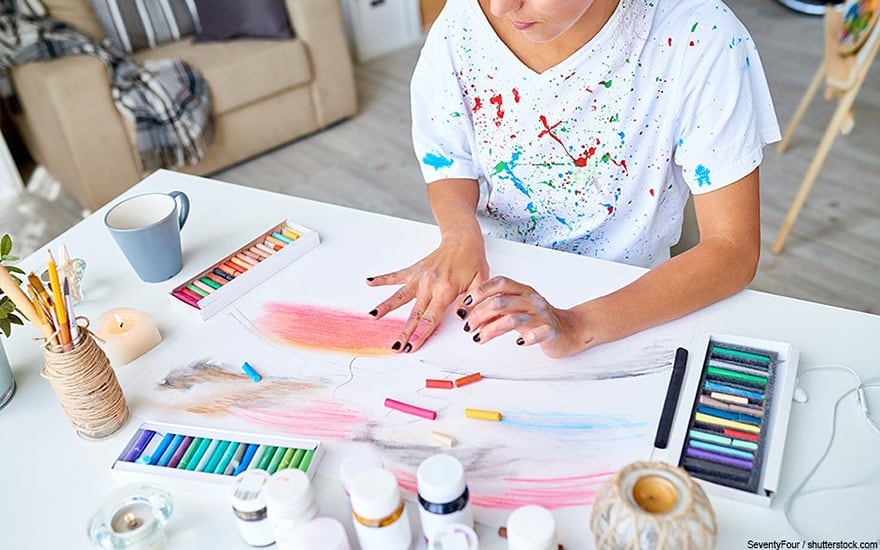
- Dragging: Soft pastels are generally pretty thick and have different sides and edges. Dragging is a technique that allows you to experiment with the different sides and edges of the pastel. Draw with it like a pencil, rub the thick sides over the paper, use different pressures for applying different edges. There are many effects that you can create.
- Layering: One of the most frequently used techniques with soft pastels is layering. Layer different colors over each other, and overlap colors as you draw with the pastels. This will help to create various new shades within the artwork.
- Dusting: This is when you scrape off small dusty pieces of the pastel and sprinkle this onto the paper. You can then use the dust to smudge, layer, add stippling effects, and so on. Soft pastels chalks work well for this. Soft pastels are very versatile due to their texture, and so they allow you to really experiment with techniques.
Tips and Tricks for Using Soft Pastels
Soft pastels are a fantastic art medium for beginners to enjoy. That being said, these pastels do require a certain unique process of application. To get the hang of using soft pastels, the best thing to do is just experiment and get to understand how the pastels respond and feel against the paper. While using pastels, here are some useful tricks to follow:
- When using soft pastels, think about layers. Pastel drawing is all about creating and building layers of color on top of each other. This is an important concept to grasp before you start creating your artworks.
- When starting a new pastel drawing, simply sketch out the outlines of the image. Starting with a basic sketch helps to provide a reference for the artwork ahead. This allows you to start building colors and layers over the sketch. Don’t worry about the lines, because you can just blend these into your painting as you go along.
- With soft pastels, always start by drawing the bigger, simple shapes and add in the details at the end.
- When dust forms while you are drawing, you can gently blow or shake it off. Never wipe it off the paper as this will just end up smudging.
- Once you have finished the soft pastels artwork, it should be sprayed with a fixative. Soft pastel art will last a very long time, but a fixative is important to help prevent smudges and marks. It also helps to hold the pastels colors down and not get more dust forming.
- If you want to keep and display the soft pastel art that you have created, it’s best to frame it behind glass. Any contact with the pastels will cause smudges.
- Pastels can be used over a variety of different surfaces, but textured paper is generally the best. Be sure to use thick, high-quality paper for the best results.
Frequently Asked Questions
Will Soft Pastels Dry Out?
This isn’t something to worry about. The best soft pastels can be left lying around for ages without any issues. It’s best to store pastels in an airtight box, but if they are not stored this way you don’t have to worry about them drying out.
Are Soft Pastels Safe If They Get On Your Skin?
Yes, soft pastels are safe and harmless. When working with them, you will most likely end up with very colorful fingers. Most pigments are completely non-toxic, and the ones that are slightly toxic only use a small amount. Pastels can be cleaned off of your hands easily with soapy water.
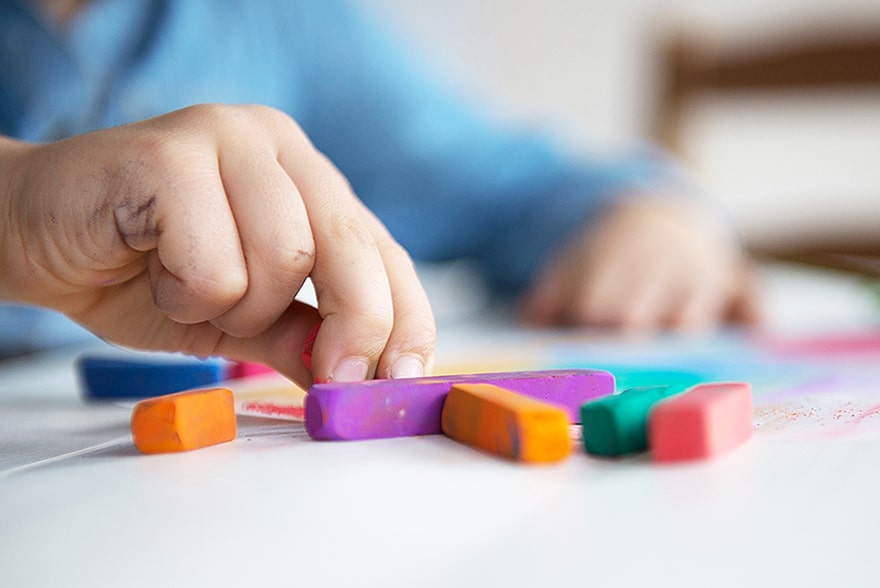
Are Soft Pastels Better Than Oil Pastels?
Oil pastels and soft pastels are two very different art mediums. Oil pastels have more fic=xative and are stiffer, hold together stronger, and don’t smudge or produce dust. They also have very strong pigments. Soft pastels have a more buttery consistency and can crumble a hit as you draw with them. This allows you to create unique effects. The type you choose depends on the style of art you are trying to achieve.
Can You Use Soft Pastels on Canvas?
Soft pastels are a versatile medium that can adhere well to a range of different surfaces. Most people use soft pastels on textured paper with a good level of thickness. However, they can be used over canvas too with great effect.
Finding the best soft pastels can help you to create beautiful, unique artworks. Pastels colors are not like any other art medium, and you can create various effects with these fun pastels sticks. We hope that you enjoy using pastels, as they really can be very rewarding!
In 2005, Charlene completed her wellness degrees in therapeutic aromatherapy and reflexology at the International School of Reflexology and Meridian Therapy. She worked for a company offering corporate wellness programs for several years before opening her own therapy practice. In 2015, she was asked by a digital marketer friend to join her company as a content creator, and it was here that she discovered her enthusiasm for writing. Since entering the world of content creation, she has gained a lot of experience over the years writing about various topics such as beauty, health, wellness, travel, crafting, and much more. Due to various circumstances, she had to give up her therapy practice and now works as a freelance writer. Since she is a very creative person and as a balance to writing likes to be active in various areas of art and crafts, the activity at acrylgiessen.com is perfect for her to contribute their knowledge and experience in various creative topics.
Learn more about Charlene Lewis and about us.


